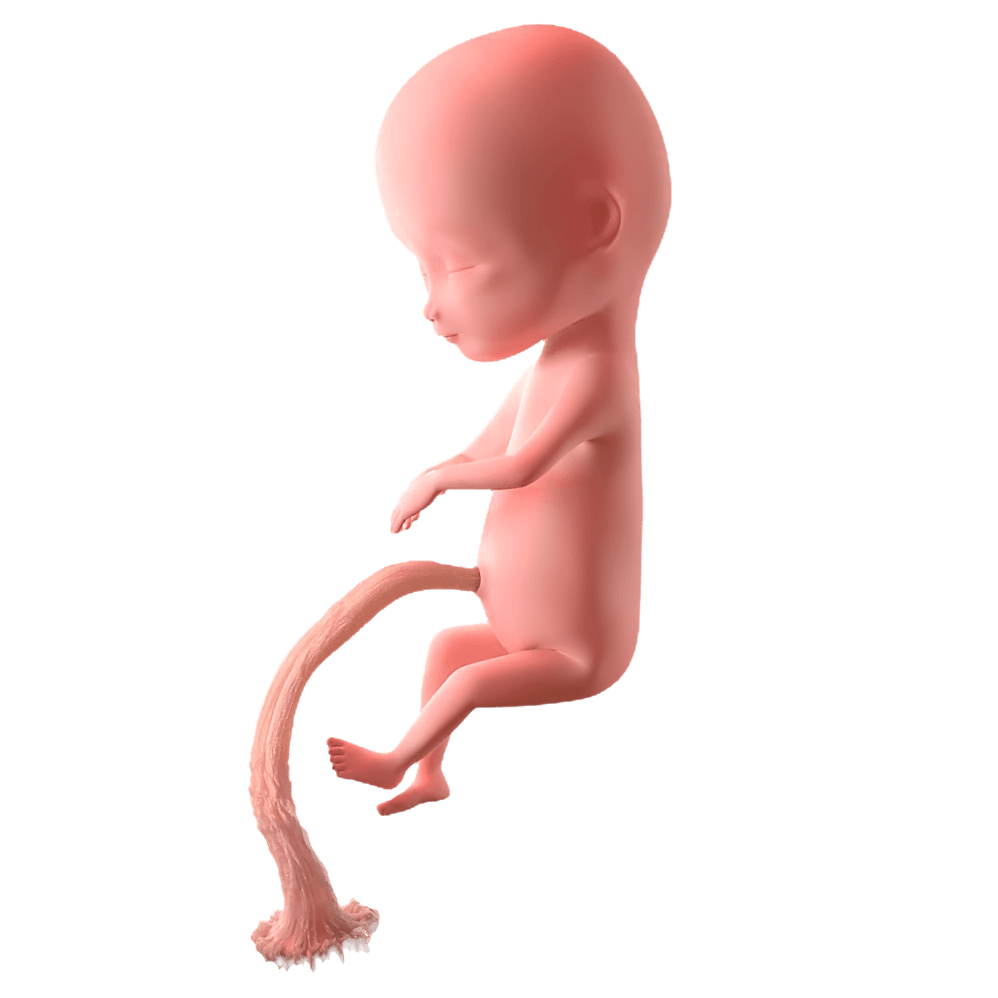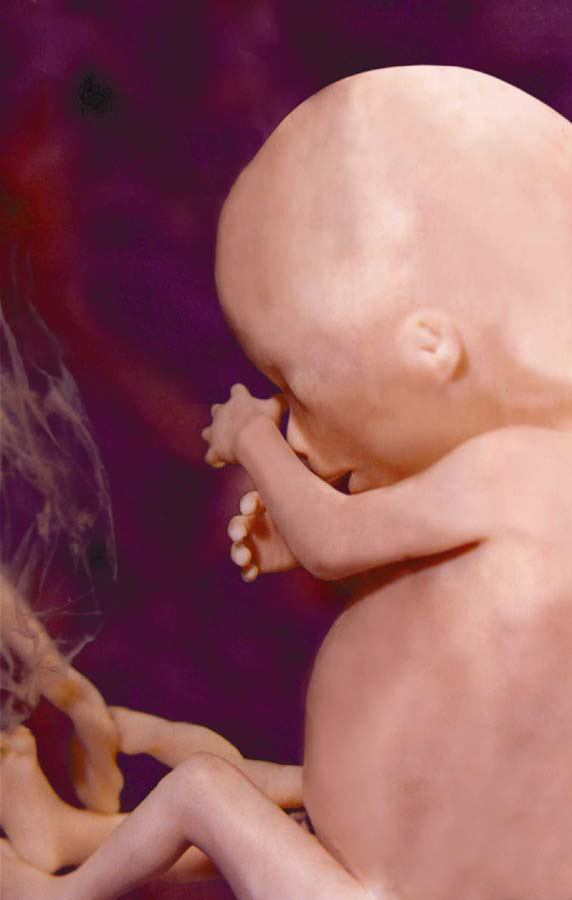Additionally, the airways in the lungs keep developing. Cilia, which started to grow at 15 weeks, are now developing at a rapid pace.6 Cilia are tiny hair-like projections protruding from the cells that line the airway. Cilia catch debris and mucus and sweep it towards the throat, helping prevent infections in the lungs. The mature cells that line the airway will have about 200 cilia each.7
Airways in the lungs finish forming around 18 weeks,8 although the sites of gas exchange in the lungs, called alveoli, still need to develop and mature.










